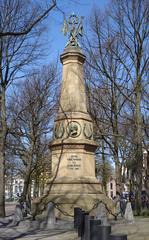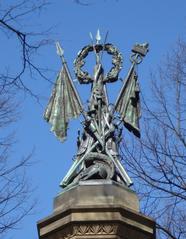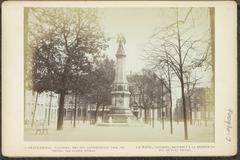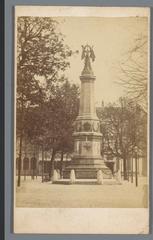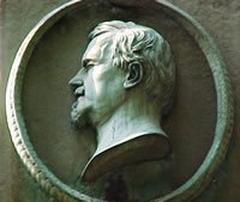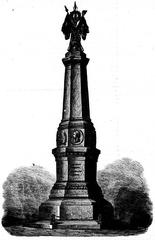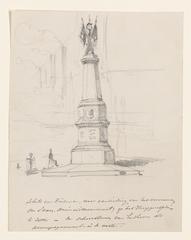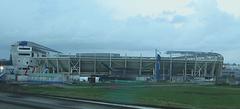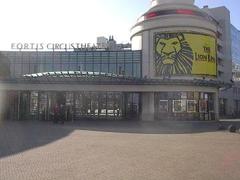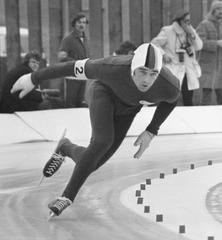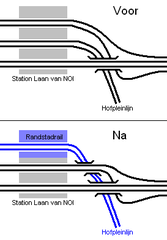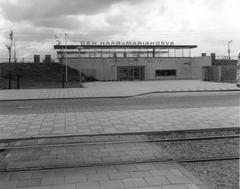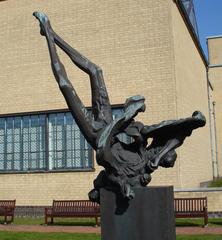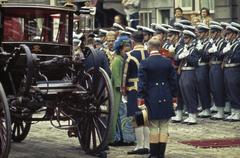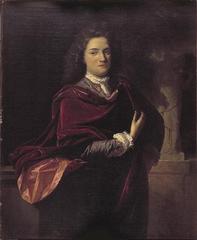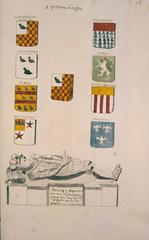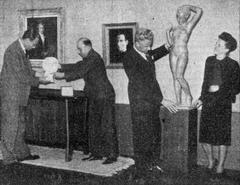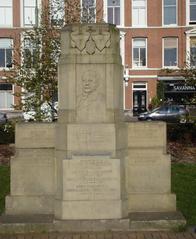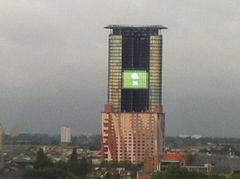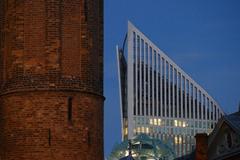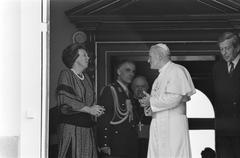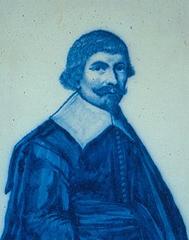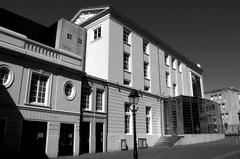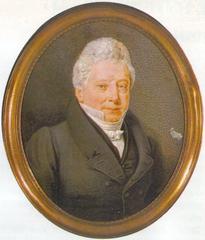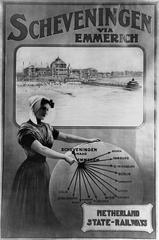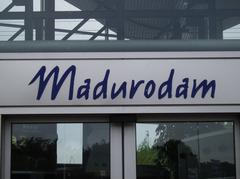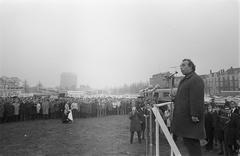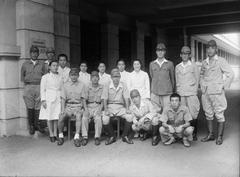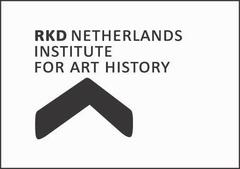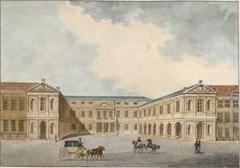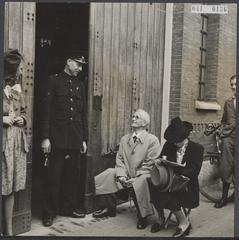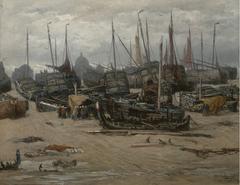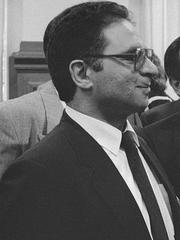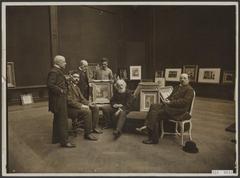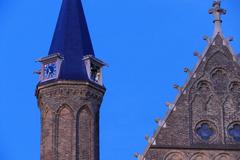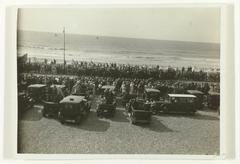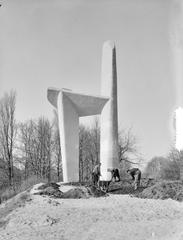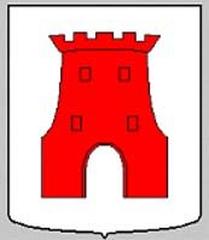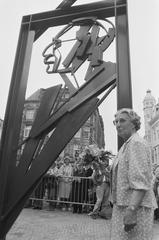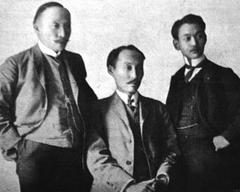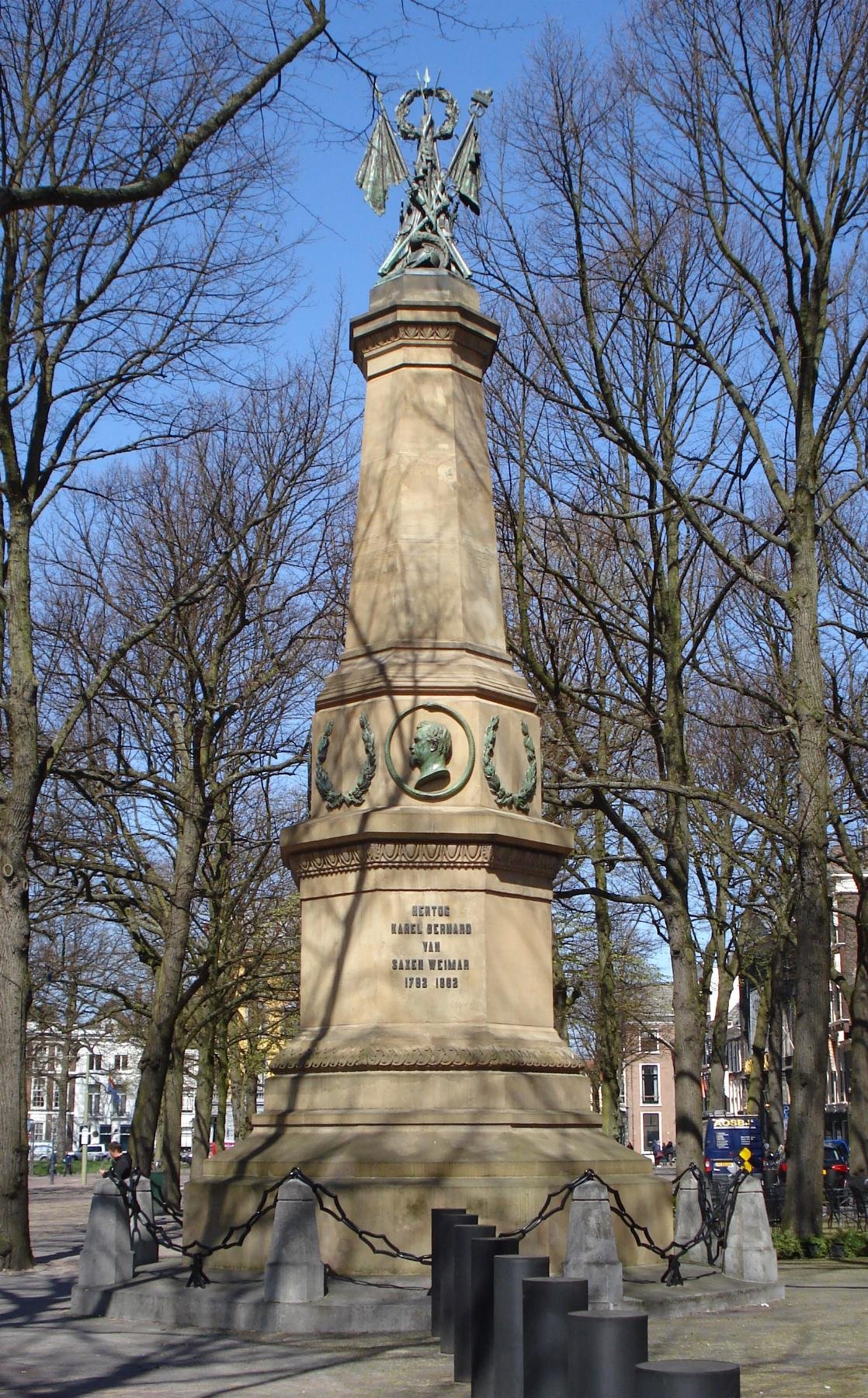
Monument Of Prince Bernhard, Duke Of Saxe Weimar Eisenach
Prince Bernhard Monument The Hague: Visiting Hours, Tickets, and Visitor Guide
Date: 14/06/2025
Introduction
The Monument of Prince Bernhard, Duke of Saxe-Weimar-Eisenach, stands as a prominent historical and cultural landmark in The Hague, Netherlands. Honoring Prince Bernhard Charles of Saxe-Weimar-Eisenach (1792–1862)—renowned for his military leadership during the Napoleonic Wars and his service to the Dutch monarchy—this monument embodies the deep historical ties between the Netherlands and Germany. Nestled on the prestigious Lange Voorhout, the monument not only marks pivotal moments in European history but also enriches the city’s vibrant landscape of art, politics, and culture (denhaag.com; holland.com).
Accessible throughout the year and free to visit, the monument is a draw for travelers, historians, and art enthusiasts alike. Its detailed bronze statue, inscribed pedestal, and central location make it a key site for anyone seeking to explore The Hague’s historical treasures and understand the city’s role in shaping peace and stability in post-Napoleonic Europe. This visitor guide provides comprehensive historical context, practical information, and tips for making the most of your experience at the Monument of Prince Bernhard.
Overview of Contents
- Introduction
- Historical Background & Significance
- Artistic Features & Symbolism
- Location & Accessibility
- Visiting Information (Hours, Tickets, Tours)
- Nearby Attractions
- Visitor Etiquette
- Educational Value
- Events & Commemorations
- Frequently Asked Questions (FAQ)
- Practical Tips
- Visuals & Media
- Conclusion & Recommendations
- Sources
Historical Background & Significance
Origins and Historical Context
Prince Bernhard Charles of Saxe-Weimar-Eisenach was born into German nobility in 1792. His military career began in the Prussian and Saxon armies and reached prominence during the Napoleonic Wars. Notably, he commanded Dutch forces at the Battle of Waterloo, a turning point in European history that ended Napoleon’s rule.
After the wars, Bernhard became a leading figure in the Dutch military, commanding during the Ten Days’ Campaign and later administering the Royal Netherlands East Indies Army. His leadership and loyalty were crucial in restoring Dutch independence and shaping the modern Dutch state (denhaag.com; Royal House).
The monument, situated on Lange Voorhout, honors his role in these historic events and his connection to the Dutch royal family. It reflects The Hague’s tradition of commemorating figures who contributed to national freedom and stability.
Artistic Features & Symbolism
The monument features a striking bronze statue of Prince Bernhard in full military regalia, mounted on a robust stone pedestal. This design captures the heroic realism of 19th-century European sculpture, conveying dignity, authority, and historical accuracy. Inscriptions on the pedestal provide historical details, and some versions include bas-reliefs or allegorical elements symbolizing victory and peace.
Its placement on Lange Voorhout, among embassies, museums, and government buildings, further underscores its national and diplomatic significance. The monument serves as a symbol of loyalty, service, and the enduring bonds between Dutch and European histories (holland.com; Royal House).
Location & Accessibility
Address: Lange Voorhout, The Hague, Netherlands
- Centrally located within walking distance of major attractions such as the Mauritshuis Museum, Binnenhof, and the Peace Palace.
- Accessible by public transport: Several tram and bus lines stop nearby; The Hague Centraal Station is a 10–15 minute walk.
- Wheelchair and stroller accessible: Paved paths, ramps, and nearby benches are available for rest and ease of navigation (The Crazy Tourist).
Visiting Information
Hours & Admission
- Open 24/7: As an outdoor public monument, there are no set opening or closing times.
- Admission is free: No tickets or reservations are required.
Best Times to Visit
- Daylight hours are recommended for the best visibility, safety, and photography opportunities.
- Spring and summer are particularly beautiful on Lange Voorhout, with leafy trees and occasional outdoor events.
Guided Tours & Educational Resources
- While there are no dedicated tours for the monument itself, many historical walking tours of The Hague include it as a key stop.
- Informational plaques and QR codes (where available) provide historical context.
- Audio guides and digital resources can be accessed through the Audiala app.
Nearby Attractions
- Mauritshuis Museum: Home to Vermeer’s “Girl with a Pearl Earring.”
- Binnenhof: The seat of Dutch government.
- Peace Palace: International symbol of justice.
- Malieveld Park: Hosts major public events.
- Escher Museum: Dedicated to the works of M.C. Escher.
These sites are all within a short walk or tram ride of the monument (The Hague International Centre; Thrillophilia).
Visitor Etiquette
- Be respectful: Maintain a contemplative attitude; do not climb on the statue or disturb commemorative displays.
- Photography is encouraged: The monument and its setting are especially photogenic in early morning or late afternoon light.
- Observe local events: Wreath-laying ceremonies and official commemorations may take place during national holidays.
Educational Value & Community Engagement
The monument serves as a focal point for discussions about:
- The Napoleonic Wars and 19th-century European alliances.
- The evolution of the Dutch nation-state.
- The role of public monuments in preserving historical memory.
- Connections to broader themes of peace and justice, especially given The Hague’s international status (The Hague International Centre).
Local schools and universities frequently use the monument for educational projects and historical tours.
Events & Commemorations
- National holidays such as King’s Day and Remembrance Day often include ceremonies at or near the monument.
- Annual cultural events on Lange Voorhout, such as antique and book markets, add vibrancy to the monument’s surroundings (Royal House).
Frequently Asked Questions (FAQ)
Q: What are the visiting hours of the Monument of Prince Bernhard?
A: The monument is accessible 24/7 as it is in a public space.
Q: Is there an admission fee?
A: No, visiting the monument is free of charge.
Q: How do I get there from The Hague Centraal Station?
A: It’s a 10–15 minute walk, or you can use nearby tram and bus lines.
Q: Are guided tours available?
A: Many city walking tours include the monument; check with local tour operators.
Q: Is the site accessible for wheelchair users?
A: Yes, paved paths and ramps are available.
Q: Are there nearby attractions?
A: Yes, including the Mauritshuis, Binnenhof, Peace Palace, and more.
Practical Tips
- Visit during daylight for the best experience and safety.
- Combine your visit with other nearby historic sites.
- Check for events or ceremonies coinciding with your visit.
- Download the Audiala app for audio guides and interactive maps.
Visuals & Media
- High-quality images of the monument can be found on Wikimedia Commons.
- Use alt text such as “Monument of Prince Bernhard in The Hague bronze statue” for accessibility and SEO.
- Interactive maps and virtual tours are available through official tourism sites.
Conclusion & Recommendations
The Monument of Prince Bernhard is an essential site for understanding The Hague’s and the Netherlands’ intertwined histories with the rest of Europe. Its central location, rich symbolism, and free public access make it ideal for both dedicated history enthusiasts and casual visitors. Pair your visit with a stroll along Lange Voorhout, a tour of nearby museums, or participation in a cultural event to fully appreciate the monument’s place in Dutch heritage.
For the latest updates and expert guidance, download the Audiala app, follow our social channels, and consult official tourism platforms for The Hague.
Sources and Further Reading
- Impressive Monuments in The Hague – denhaag.com
- Discover The Hague – holland.com
- 15 Best Things to Do in The Hague – The Crazy Tourist
- Monuments – Royal House
- Top 20 Things to Do – The Hague International Centre
- Places to Visit in The Hague – Thrillophilia
- Monument Images – Wikimedia Commons
